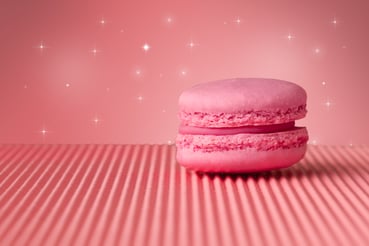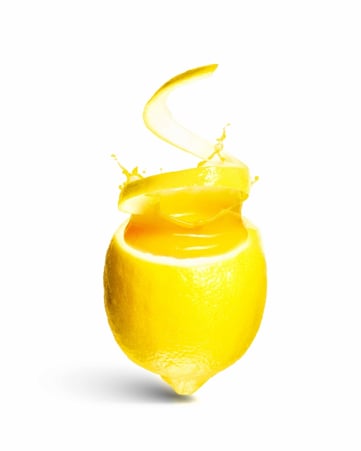Natural food colours are made from a large range and kind of vegetables, minerals, plants, fruits sources. Among this selection is carefully selected due it need to fit with the FDA, European Legislation and other countries. i.e (Chlorophyll is allowed in Europe but not in United States). These natural colors can impart colour when added to food or beverages.
Natural Foods colours are used to make blends and give certain colors as FARBE NATURALS do.
They come in many forms consisting of liquids, powders, gels, and pastes.
Food colouring is used both in commercial food production and in domestic cooking.
Among the Natural Food Colours that FARBE NATURALS do are:
Anthocyanins (E163).
are water soluble natural colors responsible for the attractive red, purple and blue colours of many flowers, fruits and vegetables. They are sensitive to pH change, being reddest in pH 3 - 5 conditions and become more blue in pH 5-8. Used in drinks, jams and sugar confectionery.

Betanin (Beetroot, E162).
The natural colour of beetroot is water soluble and has limited stability when exposed to light, heat and oxygen, it has a particular behavior for suited to frozen, dried and short shelf-life products, such as ice creams and yoghurt.

Carminic Acid E120
Carmine is one of the most stable food colors of all, drugs and cosmetics. This property is mainly the result of the anthraquinone structure of carminic acid. Other natural and synthetic dyes that contain the anthraquinone structure include the natural non-food colors, red and red alizarin Madder, and the D and C synthetic dyes, Green 5, Green 6, Violet 2 and D&C External Violet 2. The solubility of the Carmine can be characterized by:
- Slightly soluble in cold water
- Soluble in mineral acids
- Insoluble in ether
- Insoluble in oils and fats
- Easily soluble in alkalis
- Insoluble in alcohol
- Insoluble in organic solvents

Chlorophyll E140, E141
Chlorophyll is a pigment of vital importance in nature and is present in all plants capable of photosynthesis. In the food industry, a lot of effort is put into retaining the chlorophyll present naturally in green vegetables. However, the addition of chlorophyll as a color to food products is very limited, mainly due to its poor stability.
Chlorophyll is an oil-soluble color that can be extracted from a series of green leaves, but usually the grass, nettles or alfalfa that is used. Chlorophyll degrades easily, especially in acidic conditions, the loss of its magnesium ion to produce pheophytin, which is yellow-brown in color.
Carotenoids E160a - E160g
Carotenoids are widely distributed in nature and it has been estimated that nature produces about 3.5 tons of carotenoids every second. Around 400 different carotenoids the FARBE Technology team has identified and many of this are present in our daily diet. Lutein is found in all green leaves and β-carotene is an essential source of vitamin A. Some of these carotenoids can be extracted some used as dyes. Bixin has already been described, but lutein, β-carotene, paprika extracts and crocin area also available in the FARBE dyes catalog.
Curcumin - Turmeric E100
Curcumin is the main color present in the rhizome of the turmeric plant (Curcuma longa). Turmeric has been used as a condiment for many thousands of years and is still today one of the main ingredients in curry powder.
Turmeric is grown in many tropical countries such as Mexico and is normally marketed as dried turmeric, which is then ground to a fine powder. This imparts flavor and color to a food product. There are several types of turmeric that are recognized, but the most important are Madras, Alleppy and West Indian. Turmeric Powder is insoluble in water and imparts color by dispersion through food or by dissolving curcumin in vegetable oil.
